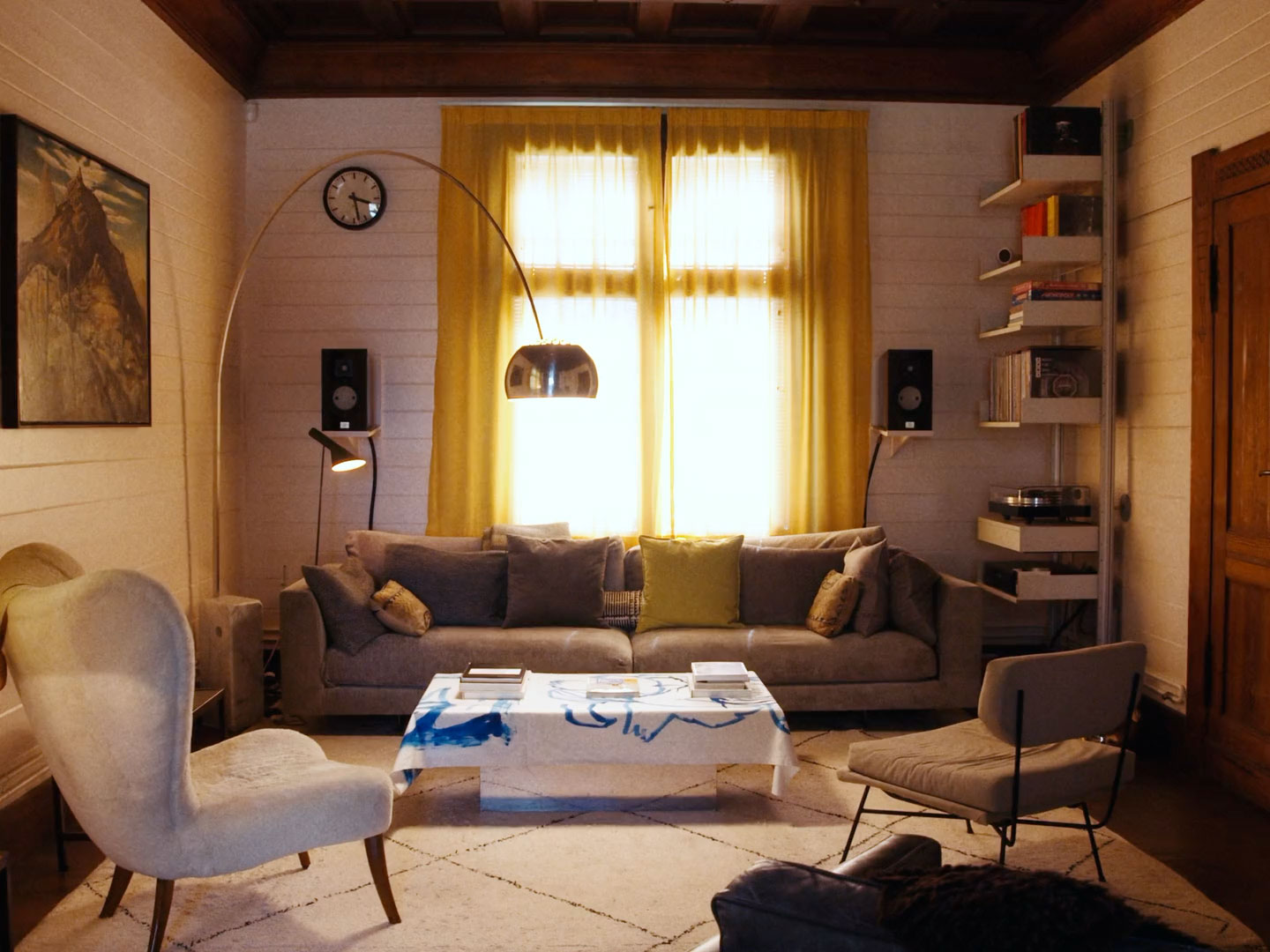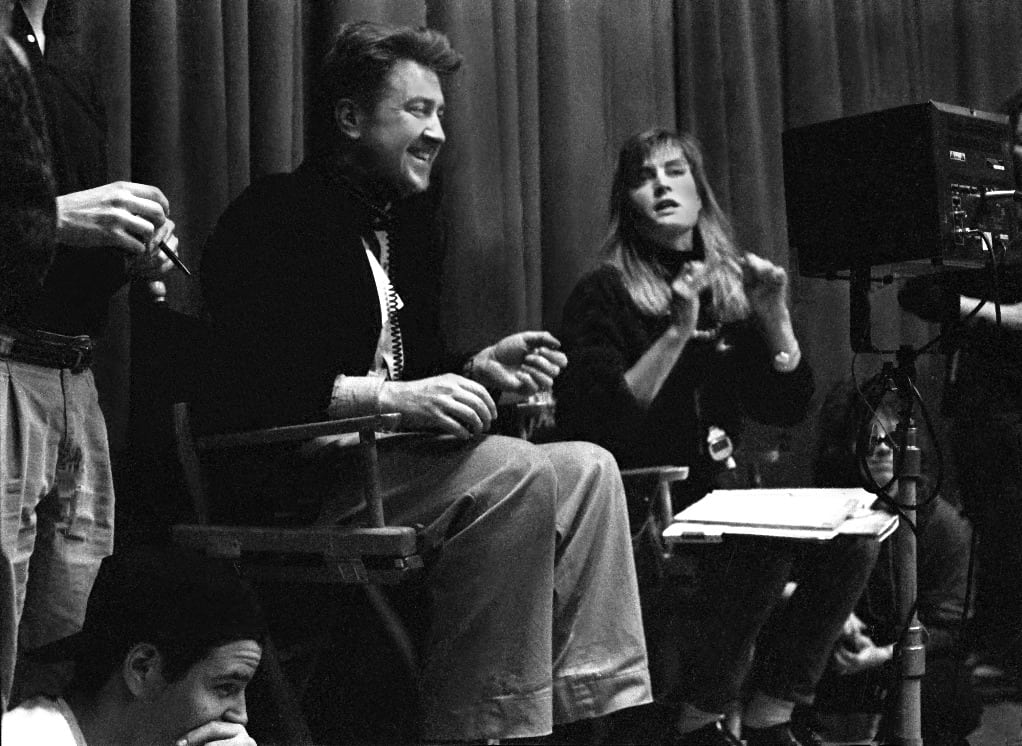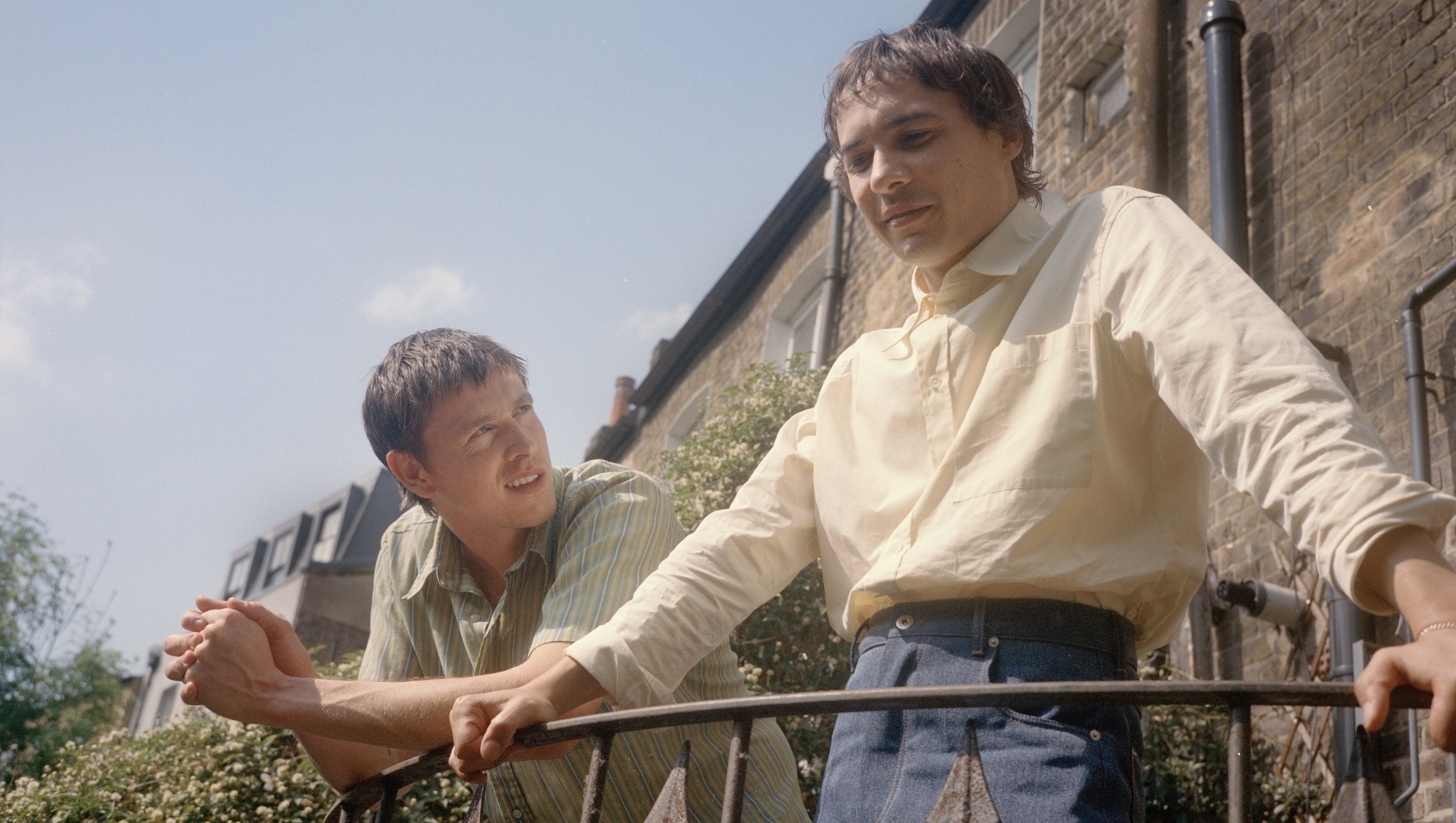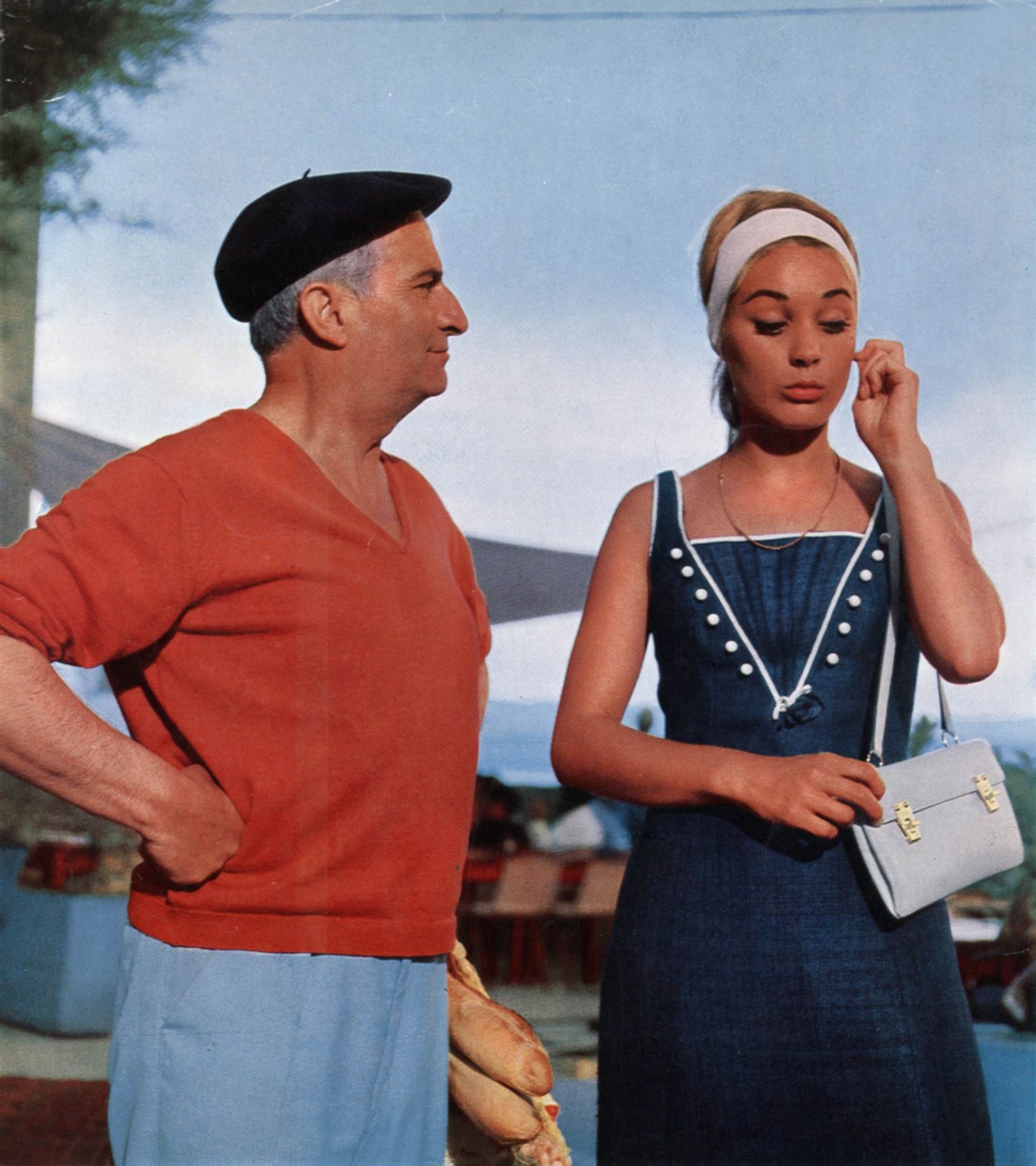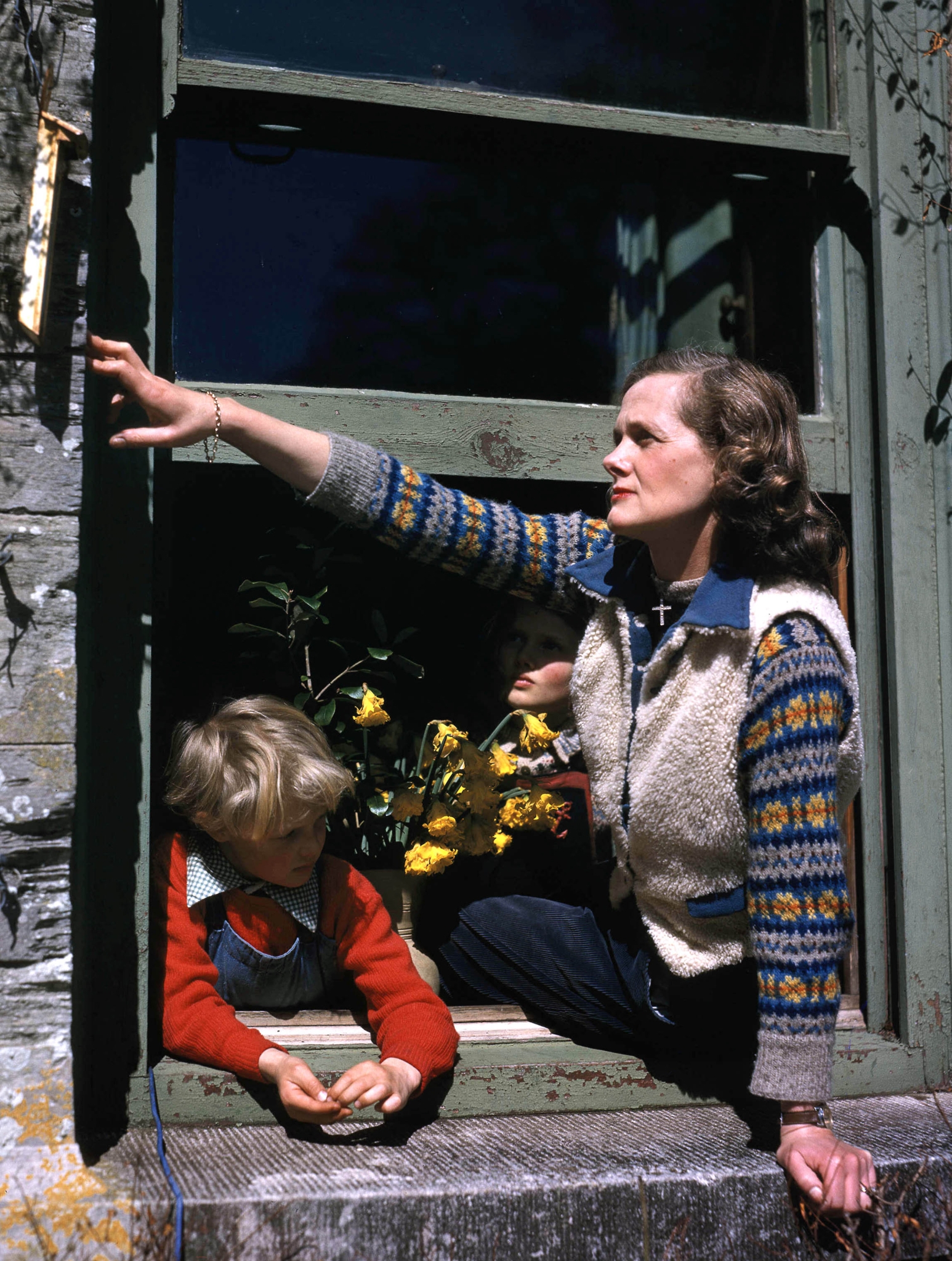
The Cornish coast was the key to Rebecca author Daphne du Maurier’s heart. Her greatest works were inspired by the landscape and atmosphere there, while discovering the abandoned, rambling, ivy-clad manor house Menabilly as a teenager would impact her art and life forever. Film producer Issy Carr investigates the cultural impact of du Maurier’s coastal romance.
The origin story for Rebecca is a filmmaker’s dream. The discovery of an enchantingly decaying house named Menabilly would inspire Manderley, the bewitching fictionalised home at the heart of Daphne du Maurier’s bestselling 1938 novel. “Manderley” would be uttered breathlessly by readers in their millions, including Laurence Olivier, Joan Fontaine, Alfred Hitchcock, and, later, cinema audiences worldwide. All were transfixed by du Maurier’s darkly beautiful psychological thriller, often mistaken for a romantic novel, about a young wife whose new husband Maxim de Winter’s beguiling manor house is haunted by the presence of his dead ex-wife.
Manderley is arguably the greatest character in du Maurier’s novel, wreaking havoc on our imagination, a dark stirring playground primed perfectly for cinematic adaptation: the good, the bad, and the ugly.
In the autumn of 1926, a 19-year-old du Maurier took a train from Paddington to Fowey in South Cornwall to visit Ferryside, her family’s new summer home. She had wished to stay at their grand family house in Hampstead where she could write in peace, but quickly forgot this once the train pulled into Fowey, her heart opening like a sail in the wind on a boat out at sea.
She had fallen in love with the coast before. That summer, she had visited Brittany with her French finishing school tutor Fernande Yvon. Du Maurier also formed deep feelings for ‘Ferdy’ and this is one of the earliest records we have of her sexually fluid inner life. The coast, it could be argued, unlocked something aphrodisiacal in du Maurier’s soul and work. In Cornwall, where the waves crashed against the rocks and the crisp, clear light was an impressionist painter’s dream, the young writer felt at home in a way she did not in London.
This was the beginning of a lifelong love affair with the coast that would later inspire her Cornish novels Jamaica Inn (1936), Frenchman’s Creek (1941), My Cousin Rachel (1951), and Rebecca. The coast was the perfect antidote to the distractions of city life, her theatrical family of artistic vanguards, the boredom of teenage existence, and social attitudes towards women at the time that were perhaps not in keeping with her identity. When the time came for her to leave Ferryside in October 1926, she wrote in her diary, “the river, the harbour, the sea. It’s much more than love for a person.” Here in Cornwall, this young sea pirate would find the treasure that would become her legacy and lifelong romance.
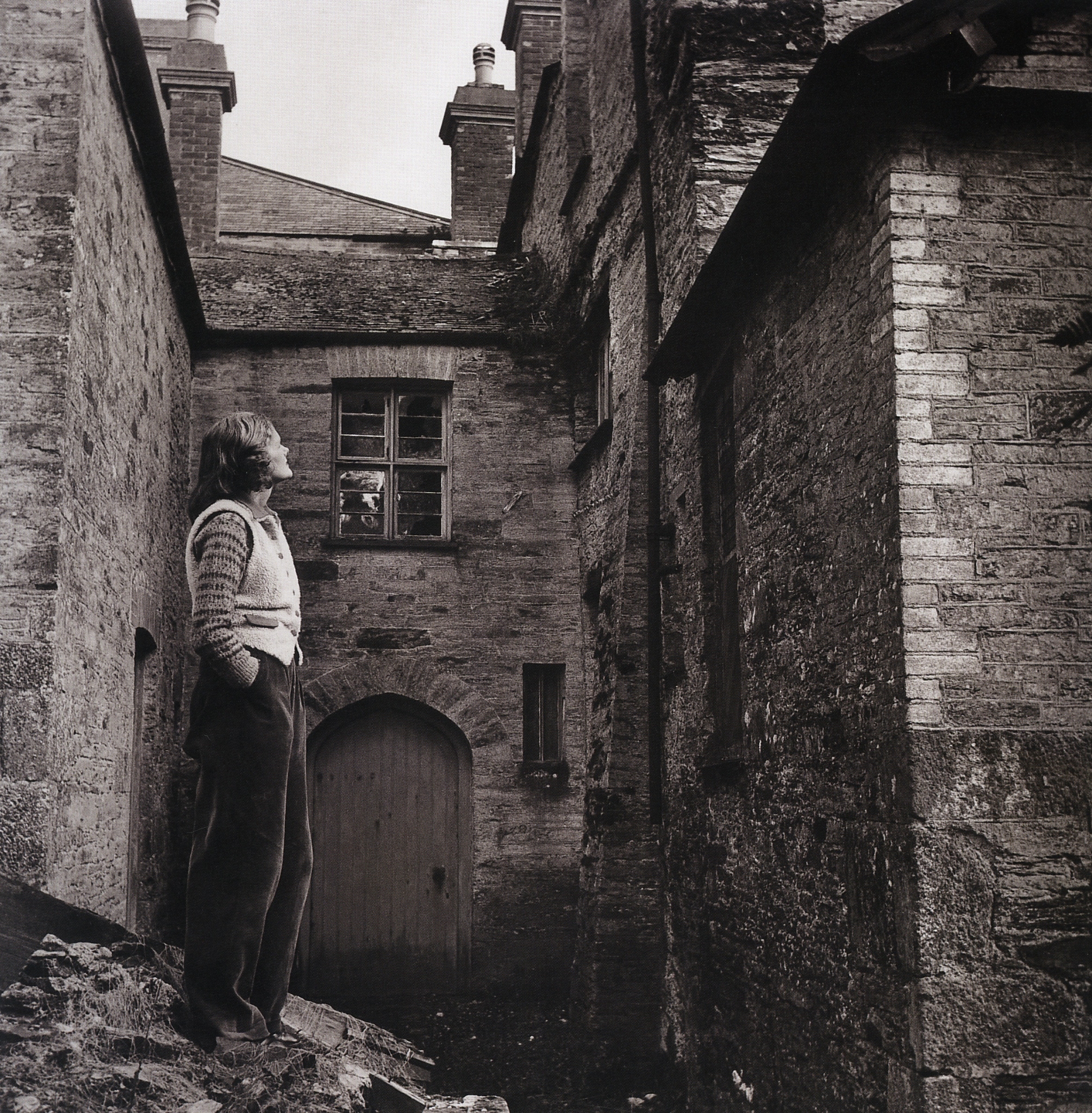
Du Maurier at Menabilly
Wearing a fisherman’s jumper, fishing for mackerel, darting across the sand and okra-green seaweed with salt-matted boyish hair and rosy cheeks, in this wild, rugged place du Maurier was entirely, unapologetically happy and herself.
After first glimpsing Menabilly when climbing the hill at Gribbin Head, du Maurier was firmly obsessed. The mellifluous name and rumoured hauntedness had this young writer champing at the bit. No dripping crumpet, fishing trip, or blustery coastal walk would put a stop to her determined mission. She desperately wanted to find Menabilly, dragging her sisters along with her for the adventure. After one failed attempt, the sisters returned a second time, before discovering the beguiling house buried deep in the woods. The house was eerie, abandoned, isolated, and unoccupied, with shuttered windows, furniture ghostly under draped white sheets, and a rocking horse glaring at them icily. Du Maurier was besotted by the enchanting decay of this English country house, returning home to write dramatically in her journal, “Menabilly has taken a hold of me…”
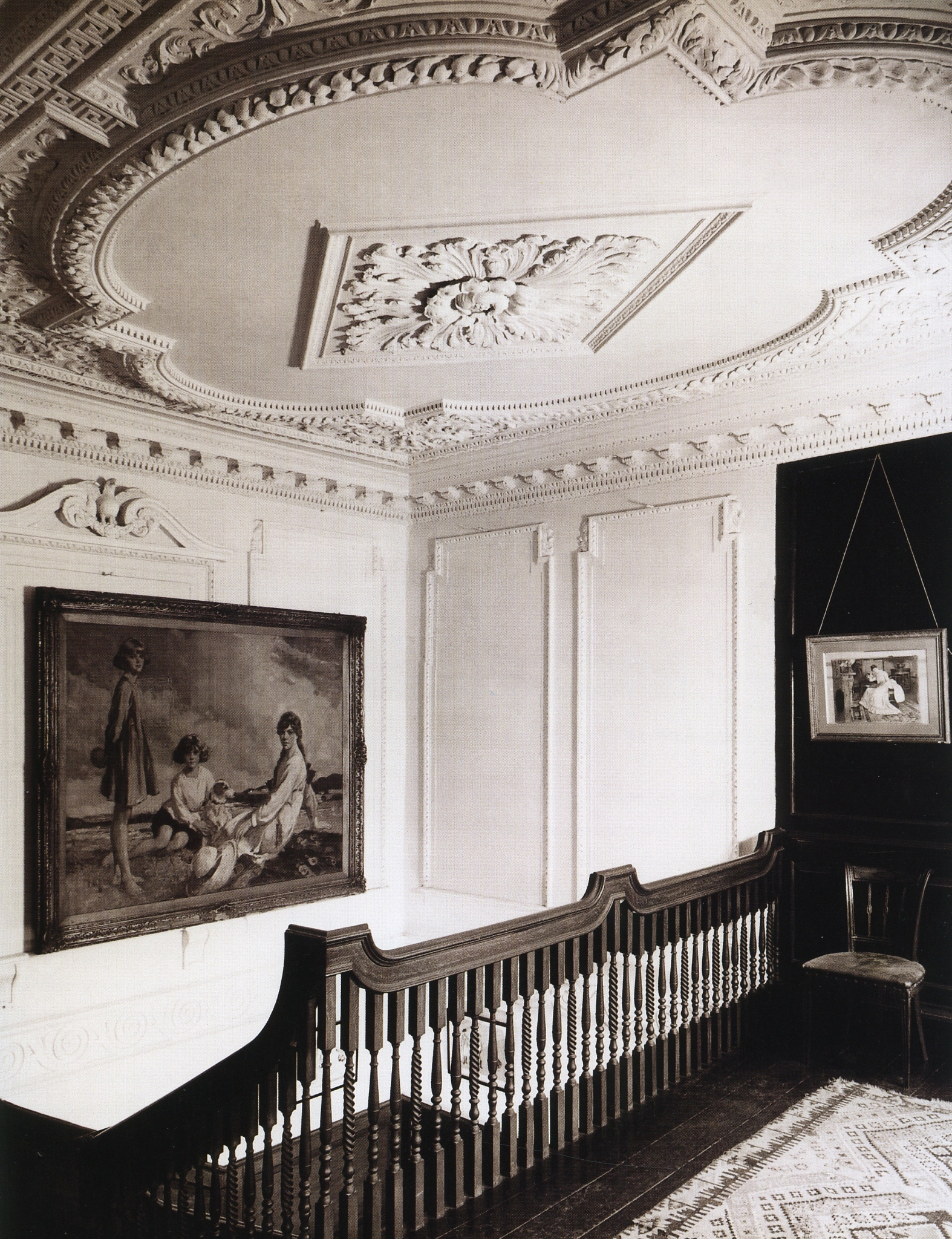
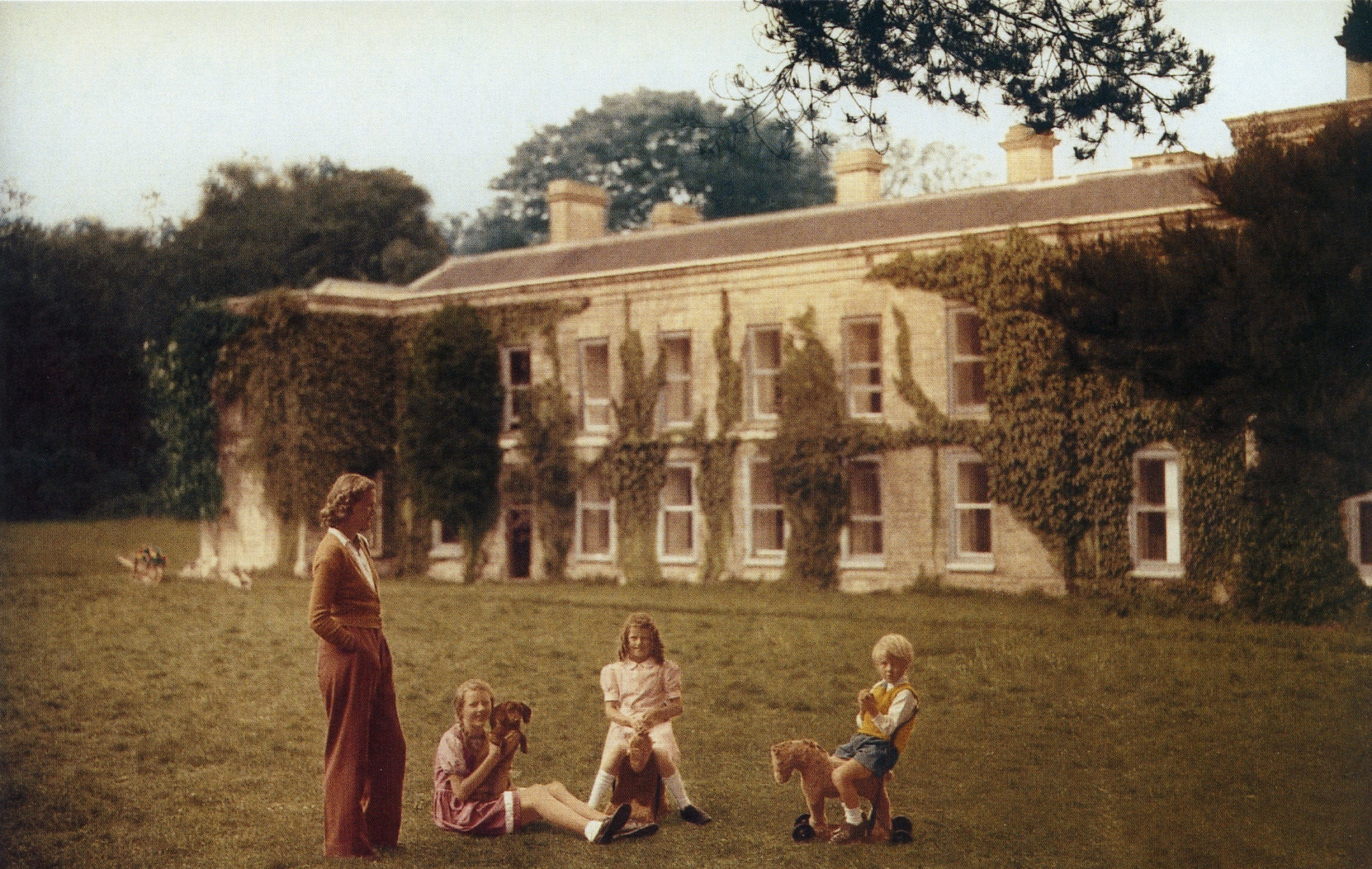
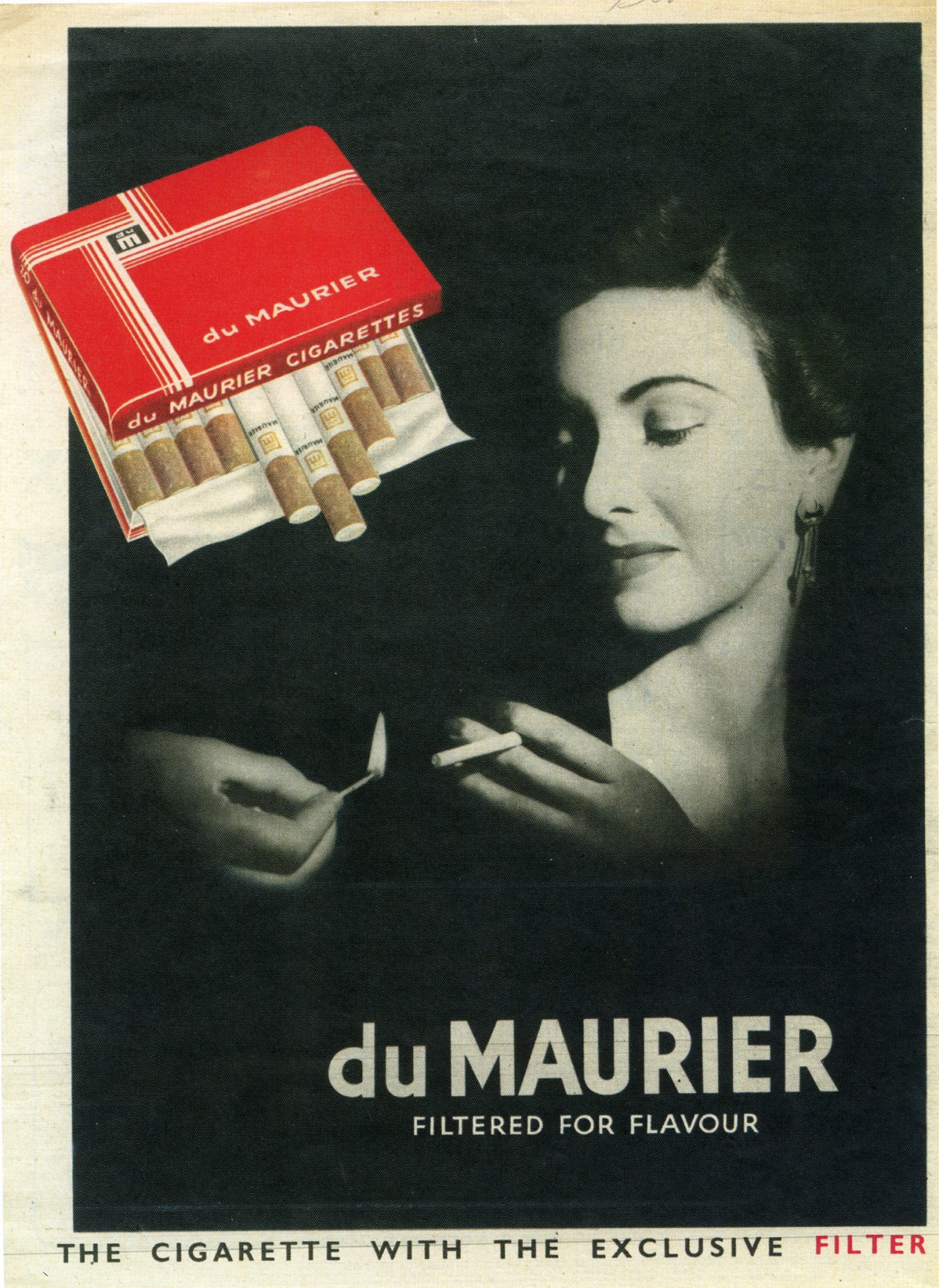
CUT TO: A sweltering hot summer in Alexandria, Egypt. Now the wife of an army general, du Maurier was frustrated. Sally Beauman writes that du Maurier suffered from “homesickness and her resentment of wifely duties” while The Lonely City (2016) author Olivia Laing writes, “She missed England bitterly, though not the small daughter and new baby she’d left behind”. In the fierce heat of that Egyptian summer, she dreamed of a land far away, she dreamed of Cornwall.
Du Maurier wrote a novel that would allow her to dream of ‘Mena’, the house which had enraptured her all those years ago. The result was one of greatest literary brainchilds of 20th-century literature.
The famous opening line to Rebecca begins: “Last night I dreamt I went to Manderley again. It seemed to me as I stood by the iron gate leading to the drive, and for a while I could not enter, for the way was barred to me.” No doubt inspired by du Maurier’s failed first attempt to find Menabilly, this is a sinister confrontation of the country house sepulchre that starts and ends du Maurier’s novel. Infamously, she starts the novel with the ending, where the narrator is dreaming of Manderley which is no longer, as it was burned to the ground by Mrs Danvers—a scorched red blazing fire like the burning heat of Alexandria, perhaps a metaphor for du Maurier’s Egyptian frustrations.
The narrator is a character plagued by obsession, like du Maurier was with Menabilly and who longed to feel at home in Manderley. After the revelation that Rebecca did not drown, but rather was murdered by her husband Maxim de Winter after he discovers she is cruel and unfaithful, the narrator’s perceptions of Manderley become dreamlike and ethereal again: “I saw the cobwebs stretching from the little masts. I heard the rain on the roof and the sound of the sea.” Du Maurier poured the passion and obsession she felt towards Menabilly into Manderley, along with exchanging the anxieties she felt about life in Alexandria, motherhood, and marriage for a nostalgic return to her beloved Cornwall. The result was a masterpiece novel about love, murder, and desire.
People and things pass away, but not places
Daphne du Maurier
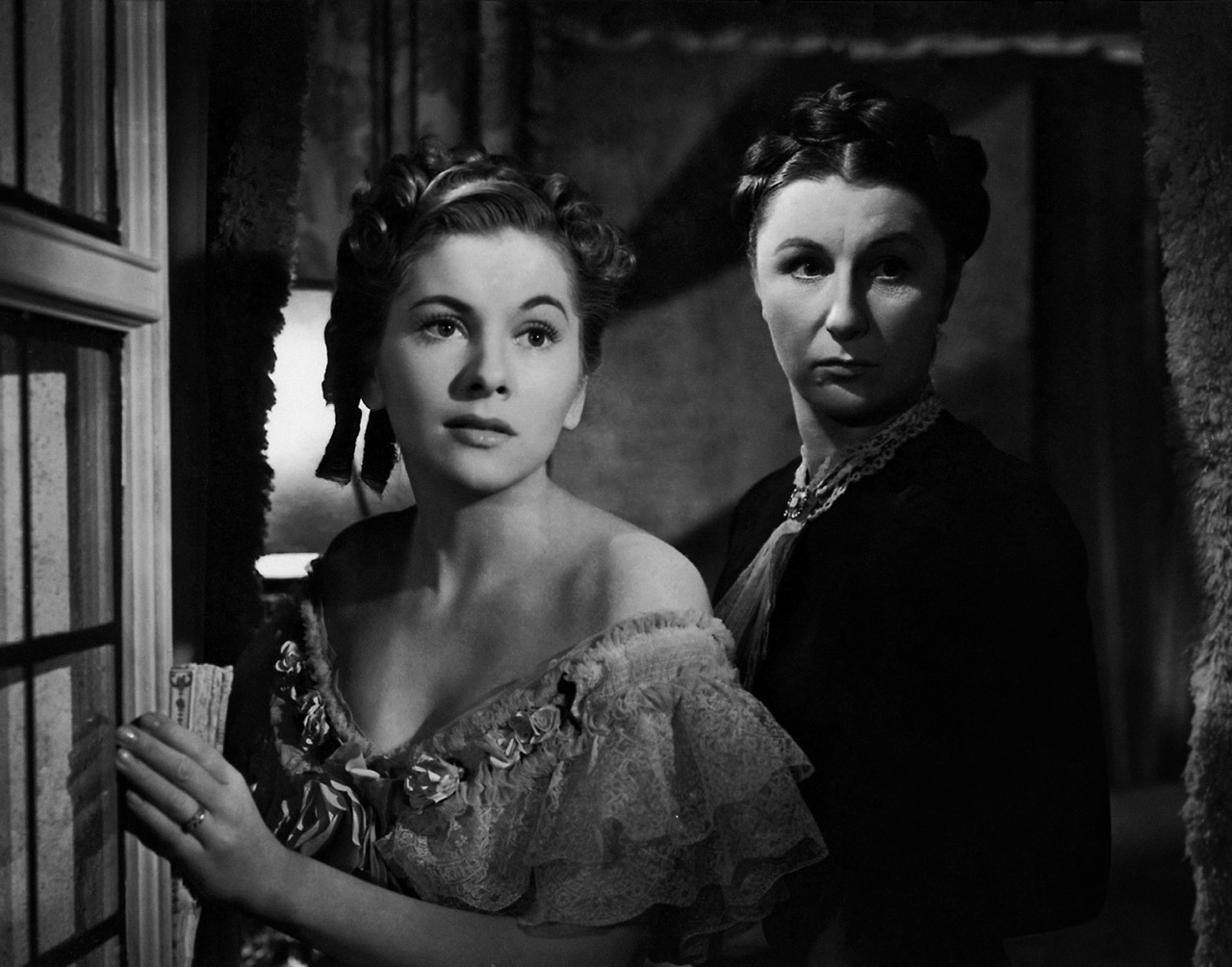
Rebecca, 1940, Alfred Hitckcock
Du Maurier’s writing works best when she writes landscape, atmosphere, and horror. In Rebecca, her brilliant breakfast tables are laden with “tea in a great silver urn… and on the heater, piping hot, dishes of scrambled eggs, of bacon, and another of fish.” Her landscapes are eerie and supernatural, “nettles were everywhere, the vanguard of the army. They choked the terrace, they sprawled about the paths.” And her ending is heroically dramatic “But the sky on the horizon was not dark at all. It was shot with crimson, like a splash of blood. And the ashes blew towards us with the salt wind from the sea.” It was unsurprising, therefore, that her work would capture the attention of filmmakers, producers, and the cinematic master of suspense, Alfred Hitchcock.
Many of du Maurier’s novels and short stories have been adapted for screen, most notably Hitchcock’s hair-raising adaptation in 1962 of short story The Birds (1952), while Nicolas Roeg took a perfect swing in 1973 at her blood-red spine-chilling Venetian horror-short Don’t Look Now. None were as perfectly suited for a silver screen adaptation than her atmospheric classic country house novel Rebecca, with Hitchcock’s 1940 black-and-white two-hander with Joan Fontaine and Laurence Olivier, and, less so, a painful Netflix adaptation directed by Ben Wheatley in 2020. In the opening to Hitchock’s Rebecca, there is an extraordinary ethereal single-take, voiced over by Fontaine’s serene reading of the famous opening lines to the novel. We track through the eerie, haze-submerged surroundings of Manderley, moonlight playing tricks against the house, which eventually reveals the hauntingly desolate ruin that will burn to the ground dramatically at the end of the film. It’s a masterful, mysterious, and dazzling cinematic endeavour, which, although spruced up with more romantic tropes than the original novel to satisfy audiences, made for one of the more remarkable book-to-film adaptations in history.
In 1943 something extraordinary happened. Five years after the publication of Rebecca, du Maurier would persuade the Rashleigh family to let her have the lease for Menabilly. She would then live there for the next 25 years with her family and stay in Cornwall until her death in 1989. In rare old footage, we see du Maurier dressed gorgeously in a crisp, tailored suit at Menabilly, as she walks with her children while they ride bikes across the estate. “Somebody, an admirer, used to call me Marlene Dietrich when I wore that suit,” she quips, quite charmingly. She was an enigmatic figure, complex, hard to read but deeply brilliant, a literary maverick with a profound impact on cinema too, which her love affair with Menabilly and Cornwall played an enormous part in. Just like her suspenseful, ghostly writing demonstrates, du Maurier knew how to make her mark on the world: “The house was a sepulchre, our fear and suffering lay buried in the ruins. There would be no resurrection.” Talking of resurrection, it’s high time a woman director took on Rebecca. Pity the rights aren’t up for option.


